|
Song by Roby Santini Here is a very funny video about a typical Italian married couple... I've included the lyrics translated into English down below. Enjoy. http://lyricstranslate.com/en/giovanna-e-angiolino-giovanna-and-angiolino.html#ixzz3ykRhnCSB
Giovanna and Angiolino Giovanna wakes up early everyday Queen of the house, of cookers and lasagna She prepares a rich lunch for her men Then wash, iron and arrange blouses and trousers And after spending all day at work Now it's also time to take a rest A good cigarette, next to the fireplace But suddenly her husband comes back home -What the fuck are you doing? Have you started smoking too?- -Fuck you, your parents and your brother! You're so ignorant, unemotional and arrogant! He wakes up early everyday in the morning The king of countryside, his name is Angiolino Farmer of vineyards, of garden and olive groves And with the DIY does everything you ask him. And after spending all day at work Now is also time to take a rest A nice nap in front of the television But at the best moment that he gets yanked... -What the fuck are you doing? You have to bring me to the grocery's- -Fuck you, your parents and your sister! You're so ignorant, annoying and arrogant!- And between "Fuck you and your parents" and "You don't even care" There's always a big mess between Giovanna and Angiolino There's always a big mess between Giovanna and Angiolino They love each other so much, tough Hooray Giovanna and Angiolino! Ok, so this isn't exactly an Italian sweet treat, but believe me, these are just as comforting as the filled donuts made on St. Joseph's day, filled zeppole or Sfingi. Ebelskivers in Danish translates as "apple slices", and though you might want to put cooked apples inside a few, they are not a required ingredient. They also fit right into the Italian concept of colazione (breakfast).... a couple of sweet breads or cakes with your espresso and you're buona per andare (good to go) . In our home, Lisa makes Ebelskivers several times a year as a Sunday breakfast treat. Lucas feels the Love that Mom puts into this recipe after he's put in a special request--usually for his birthday or another holiday. Many say that these are round pancakes, but I think the recipe is more like a scrumptious filled donut. The fillings can be anything your imagination comes up with: jams, Nutella (Lucas' favorite), applesauce (homemade is best), raisins, chocolate chips, a butter/cinnamon filling, fresh blueberries, peanut butter & jelly, or even a sweetened ricotta. Many people simply make them plain and use fresh fruit compotes as dips. Of course, topping them with powdered sugar or a cinnamon-sugar or drizzling with honey or maple syrup works well, too. Before making Ebelskivers, you need a special pan. You can get one from Norpro on Amazon HERE. Here's a photo of one in use: As you can see in the photo, the trick to making them is to pour batter into each of the seven compartments, place in the filling of your choice and then, after the first side is golden brown, turn them over carefully using wooden skewers. Here's the recipe Lisa uses: Ingredients
Directions Before starting the batter, do a mise en place (put in place) for your fillings. When Lisa makes Ebelskivers, she typically uses three different fillings at a time and lays them out in little prep bowls close to her pan, each with a small spoon as a scoop. The Ebelskivers cook fairly fast, so you really need to have everything close by and ready to go. Remember, these aren't like crepes or donuts which you fill afterwards... these are filled as they are being cooked. Lisa tends to make each batch (7 per pan) with the same filling to speed things along. For the batter:
Lisa typically gets about three pans worth from this recipe--about 21 Ebelskivers. Of course, Lisa's prerequisite for this breakfast is putting starting the espresso in her Mokka pot first. Now, if you really want to make these Italian, try adding lemon zest from 2 large lemons into the batter, and then filling them with lemon curd. Presto... Amalfi-skivers! If you want to make savory Ebelskivers, try using a bit less sugar (half teaspoon, total) and a tad more salt (1 teaspoon, total) in the batter. You can also add Parmigiano-Reggiano cheese into the batter. Fillings can be ham or prosciutto and cheese, peppers and ham, or even a bit of bolognese. Serve these with a marinara dip and you now have a righteous, Italian recipe (and haven't broken any rules).
Buon colazione! --Jerry Finzi If you enjoyed this article, please SHARE it and LIKE it on your favorite social media site. And don't forget to tell your friends about our blog... Ciao! We also have pages on: Google+ StumbleUpon In contrast to the overindulgent, overly crowded Carnevale in Venice, the one held in nearby Treviso is a family friendly affair, with big headed cartoon characters, political satire, clowns and monsters... all to delight both young and old. The magnificent floats are paraded throughout the town on February 9th at 2pm. Treviso, having once been part of Venice, also has canals and waterways weaving their way through the town. It is also used by many as a hub when attending Carnevale events within Venice... a quick train ride runs the 20 miles into Venice from Treviso. Regional airfares are also cheaper when flying in and out of Treviso's airport. Another great alternate Carnevale is the one held in Verona. This is also a place to see magnificent costumes and processions and parades with huge paper-mache floats. Of course, Verona is also the place where Juliette was wooed by Romeo on that famous balcony. --Jerry Finzi
If you enjoyed this article, please SHARE it and LIKE it on your favorite social media site. And don't forget to tell your friends about our blog... Ciao! We also have pages on: Google+ StumbleUpon Kick the slush off your boots and head to Venice for a colorful experience... From January 23 - February 9, 2016, Venice will come alive with Carnevale. What could be better than a surreal city in the sea... islands, canals, masked party-goers, dance, music, food and drink? While not for everyone, this mega-party is for people who love the crush of other people. It can be so over-crowded that the local Venice tourist board doesn't even bother promoting it any longer, and the local police would rather not add to the crowds already attending. It is a very intense experience with hotels and prices in restaurants priced sky high for this special event. One way to save some cash is to fly into Treviso and use that as your hub, then take the train to Venice for the events... unless there is an inconveniently timed train workers strike, that is. It can be a very expensive affair to attend, although there is much to do that won't suck all the Euros out of your damp pockets: daily processions along the water front ending up in St Mark's Square on both weekends; a procession of gondolas up the Grand Canal; and there are the fireworks displays. In general, people go not only to people watch, but to take part in the dressing up... 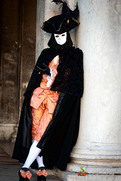 Keep in mind that if you want to see the abundance and excess of Carnevale, plan on going for the weekends with the final weekend being the biggest ever. Weekdays can be a bit slower with fewer events planned. There is a stage erected in St. Marks Square for costumed attendees to show off their finery and perhaps be noticed in the search for the year's Best Costume. Each day a Best Costume is selected--twice a day. The big event is on February 9th where the Best Costume in the Festival is selected. On January 31st, the Volo dell’Angelo (Flight of the Angel) is held, when a beauty pageant winner flies a zipline from the campanile in St Mark’s square. In case of seasonal flooding (a common thing in winter) don't forget to bring your booties. This is by far one of the busiest and crowded of all events. There are also special events held inside the Arsenale, Venice’s magnificent historic shipyard. Imagine a huge disco space, with lasers and disco lighting effects, smoke and more... some events are on the water, some have live music, others entertain with all types of street artists. There is even a Kid's Carnevale there. Of course, if you'd like to rub feathered elbows with masked celebrities galore, and have about 1000 bucks U.S. per person to spare, there are the balls. Perhaps one of the most extravagant is the Valentine's Grand Masquerade Ball on February 6 at the Palazzo Flangini. Before you enter the costumed fray, you'll need some supplies... in the least, a cloak and mask. Remember, this is not an event to stand on the sidelines and watch. This is one to become part of... to saturate yourself with the experience of getting dolled up in magnificent eccentricity.
Some say there are more mask shops than there are alimentari in Venice. You can go one of two ways... a wild, custom painted, feathered and glittered creation or the simplicity of the plain white Volto mask. If you want a piece of craftsmanship by true artisans, you need a Mascarei (Master Mask-maker): Ca’ Macanà (Calle delle Botteghe 3172, Dorsoduro 0039 041 277 6142; camacana.com) Tragicomica (Calle dei Nomboli 2800, San Polo, 0039 041 721 102; tragicomica.it) Papier Maché (Calle lunga Santa Maria Formosa 5174B, Castello, 0039 041 522 9995). Of course, to keep you warm (especially if wearing a skimpy, sexy outfit) you need a Tabarro--the long, flowing cape that Venetians wrap themselves in. Here are a few of the best costume shops: Monica (Calle Scaleter 2235, San Polo, 0039 041 524 6242; monicadaniele.com) Atelier Pietro Longhi (Ramo secondo Saoner 2671, San Polo, 0039 041 714 478; pietrolonghi.com) Banco Lotto N°10 (Salizada Sant’Antonin 3478B, Castello; 0039 041 522 1439; ilcerchiovenezia.it) There are also other events in the Veneto region during Carnevale season in case Venice is a bit too much for you to take. For example, in nearby Treviso, there is a parade of wonderfully decorated, paper-mâché floats during the last Carnevale weekend. The Treviso Carnevale is much more family friendly if you are traveling with kids. There is also another, older Carnevale in Verona that has been in existence since 1531 when the locals celebrated the end to long years of starvation and plague--by eating gnocchi! A grand parade of masks and the traditional distribution of gnocchi (potato dumplings) is the signature of Verona Carnival. Papa Gnocchi, an old bearded carrying a big fork as a scepter is the carnival's main character. See carnevale.venezia.it for more details about the Carnevale. --Jerry Finzi If you enjoyed this article, please SHARE it and LIKE it on your favorite social media site. And don't forget to stop back soon... Ciao! We also have pages on: Google+ StumbleUpon 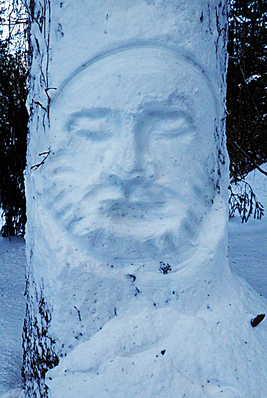 A snow blown Bocca della Veritas on our big spruce A snow blown Bocca della Veritas on our big spruce In the end, the Blizzard called Jonas dumped exactly 24"--2 feet--of powdery snow on our home. It took the three of us 4 hours to dig out on the first day, then over the next three days, I had two more sessions of about an hour each to clear our second circular driveway and the paths around our house. It was way to thick for sledding, so I used the show-thrower to cut a double wide path up the hill where we usually do our sledding... leaving about 4-5" of snow for a sledding track. Snow always gives us cravings for hearty meals... so one night it was home made meatballs and pasta, and the next night it was my special French Onion Soup recipe, based on the one from Julia Child. It was very late for snow this year but I have a feeling it won't be the last storm... --Jerry Finzi 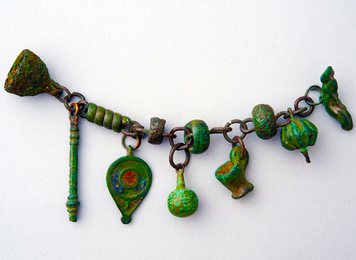 A baby's Crepundia, colorful and rattling A baby's Crepundia, colorful and rattling Nowadays we buy all sorts of toys for our children, starting them off with the simplest ones: balls, pull-toys, rattles and such. When Lucas was a baby boy, his favorite was a cushy soft ball with a rattles inside--"Shakey Shakey"--he always like to squeeze it tight and shake it. Then there was his spinning top, the kind you pump down on for it to spin. Lots of twirling colors delighted him. Then there was his bouncer, with it's assortment of colorful gizmos for him to touch, hear and chew on. And at 12, he still sleeps with his oldest and dearest friends... his plush "Cushy Bear" and "Moo-Cow". Kids were always kids... even in the ancient world parents gave their kids toys... First of all, the Romans had something for baby... the Crepundia. This was a string or leather lace strung with small toys and ornaments in the form of flowers, swords, axes and other tools, and lucky charm shapes, like a half moon. The resulting necklace was hung around a baby's neck to amuse him with their shapes, colors and rattling sounds. Of course, many first toys used by plebeian children were made from things found in nature: rocks, sticks, clay, acorns, pine cones, or vines or husks made into primitive dolls. Sometimes childhood fun is as simple as that. A game called Battledore, resembling badminton, used flat paddles hitting pine cones back and forth, or cork with feathers stuck into them used as the shuttlecocks. Pebbles could become a game with the dirt becoming a game board or a place to draw with a pointy stick. . And of course there were dolls... made from fabric and stuffing, carved from wood or made from terracotta. Modern parents would have a hard time picturing a child cuddling up to a terracotta dolly. I wonder how many must have been broken in a tantrum during the Terribili Due (the Terrible Twos). For the toddlers, there were pull toys made of terracotta or wood in all sorts of animal shapes. Some pull toys were horses and chariots... one can imagine a young boy playing the part of the latest charioteer champion. As a boy got older, he might build a little cart to hitch a mouse to. As a kid, I remember putting my hamster behind the wheel of a remote control Model-T Ford model that I had... I loved watching him with his little paws on the steering wheel, going round and round. He seemed to like it, too. The older boys and girls had outdoor toys... sticks and hoops, balls, yo-yos, swings, bow and arrows, sling shots, hobby horses, marbles, and games similar to kick-the-can, hide-and-seek and tag. And you can imagine some great racing games using toys with wheels on them... "My chariot can beat your ox cart! I'll bet 5 marbles that I can!" Sling shots--the same type David used to slay the Giant--came in useful to teach young boys how to hunt. And swimming was enormously popular for Roman boys. They would either go to a special swimming pool (Roman baths were too shallow for "plunging") or to the river. Boys were taught to swim as part of their formal education. Of course, all a kid needed to do was have a ball and a stick and he'd make up a game. If he didn't have a ball, a rock or pine cone would do. When I was a boy we played stickball with an old broomstick and a cheap 10 cent pink ball called a Spalding (Spaldeen, we called it). Even thousands of years ago kids had games similar to field hockey or baseball or basketball--they had baskets, after all. 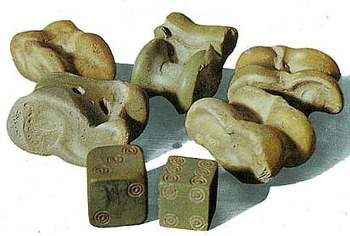 Roman dice and knucklebones Roman dice and knucklebones Games were popular too, just like today. One of the most common was tic-tac-toe--played just as we do today, with Xs and Os. Some were carved into walls while most games were just scratched into the ground for temporary fun. Another similar game, Rota, was played with small stones on a layout that looked like pizza cut into 8 slices. Cube shaped dice, as we know them, were around for at least 5000 years. There were always dice games, many for children and others for adult gambling. A precursor of dice, and a popular game, in and of itself, is Knucklebones (also called astragaloi), a game usually played with five or ten small bones. In ancient times, the "knucklebones" were the the actual knucklebones (astragalus), small ankle bones of a sheep, although there are ancient "bones" made from precious gems, bronze or glass. The oldest version of a knucklebones game determined a winner depending on which side of the knucklebones landed facing up. (Both sides are distinctly different in shape.) In another, the bones were tossed up in a manner similar to modern Jacks, with one knucklebone tossed into the air, and the player trying to pick up as many others as possible while it is airborne. Curiously, differently shaped bones would be worth different points. In another Roman game called Tali, the knucklebones are marked as dice are, with dots representing numbers--the resulting toss gives a player a hand to beat, similar to dice or playing cards. You can actually still purchase Knucklebone pieces. There was also a game called Tabula that was very similar to backgammon of today, except it was played with three dice, but for most part, dice games of chance were left to adults--especially soldiers--for gambling. Still, boys have to learn the game from someone. I can imagine a father teaching his son how to play, as I've taught Lucas to play backgammon.  A Child's wax tablet and stylus - for schoolwork or just doodling A Child's wax tablet and stylus - for schoolwork or just doodling An interesting fact is that when Greek and Roman girls, "came of age" (at 12-14 years old) it was customary for them to sacrifice the toys of their childhood to the gods. On the eve of their wedding, young girls around fourteen would offer their dolls in a temple as a rite of passage into adulthood. And yes... girls were married off after the age of 12. Here are some other facts about what childhood was like in the Ancient World:
If a kid got bored with his toys, there was always spending time with his best friend, Il Cane, who might be called Craugis (Yapper) or Asbolos (Soot) or Scylax (Puppy). The ancient Romans loved using Greek names for their pet dogs. I sure did... first with Teddy, then with Prince and most of all with Sargent Pepper when I was a teen.
Have fun! Ciao bambini! --Jerry Finzi If you enjoyed this article, please SHARE it and LIKE it on your favorite social media site. And don't forget to stop back soon... Ciao! We also have pages on: Google+ StumbleUpon Abe Vigoda has indeed passed on at the wonderfully old age of 94. We all have our favorite characters he portrayed. I loved Fish... that sweet, gassy, tired detective on Barney Miller. His many characters will live on in films and TV. He had that kind of face that drew people in. He could look silly or downright menacing. He was a father and a consummate actor. His family were also neighbors of mine growing up... having an apartment across the street from where I spent my teenage years hanging out at Cuomo's Pizzeria in West New York, NJ. I remember fairly innocent make-out sessions in his apartment with his daughter and a few of her girlfriends and my pals (I was hung up on one of her tall friends). His daughter Carol loved him so much. He lived, loved and passed away in New Jersey... always a Jersey boy.
So, rumors aside... he lives on. Always. Peace, Abe. --Jerry Finzi Please SHARE this post on your favorite social media site. Ciao. We also have pages on: Google+ StumbleUpon
We've seen it before. Older Italians not acting their age. Remember the GVI post a while back showing Nonnas Jumping Rope? I'm telling you, it's all those hills and steps that keep their legs young. Here's more evidence of the Italian Fountain of Youth: A video of an older couple dancing better than most people half their age, and certainly better than most older Americans. Dancing With the Stars, eat your hearts out... with pasta and olive oil, that is!
Ciao. --Jerry Finzi
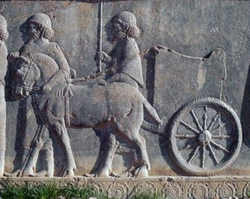 Half-Horse Powered donkey cart Half-Horse Powered donkey cart No one really knows when chariot racing started, but the Greeks had chariot races during the first millennium BC and made the races part of the Ancient Olympics in 680 BC. Of course, chariots themselves were in use 4000 years ago. The most important development was a wheel with spokes. Carts being pulled by animals--mostly oxen--were in use as early as 6000 years ago... but having an oxen as your main engine was very low torque--like a Mac truck. "Engines" improved slowly... at first a donkey or even a goat... sort of like early Model-T Ford runabouts. Then higher horsepower came in the form of mules and horses, one horsepower to start. The first chariots were used as delivery and work vehicles. 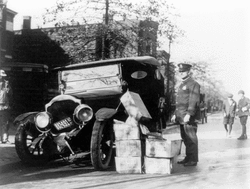 This car just wasn't fast enough to avoid the Law This car just wasn't fast enough to avoid the Law The history of NASCAR racing started with delivery vehicles, too. During the period of Prohibition in the 1920s, a bunch of backwoods good ol' boys smuggled liquor in from Canada or bootlegged whiskey (moonshine) from the tobacco fields of Georgia through to Chicago, New York and other big cities. Especially in the deep South, illegal booze was transported with with stock cars... they needed to look like every other car so as not to attract much attention. But special equipment was needed for the task at hand: heavy shocks and springs were added for the weighty loads of filled bottles and jars, and for smoothing the ride when driving fast on bumpy, unpaved roads; a high-powered engine was needed to deliver their booty quickly and to leave chasing authorities in the dust. High performance stock cars were born when Federal agents took chase... You can imagine that chariots started out also as "stock" units, with additions and modifications needed to accomplish their task. Adding a horse in place of a goat (more horsepower--literally) meant goods could make it to market faster and beat the competition. Perhaps this is where chariot racing started... two lemon growers meeting on the road and trying to beat each other to market. I'm certain that Greek and Roman officials taxed wine heavily, giving the ancient wine producer reason to race their "special" supply of wines past tax collectors to their regular clientele. Up until the 1st century AD, chariots were also used in the military--racing to overcome the enemy, or perhaps betting on who would get to the battlefield first, might have also planted the seed of chariot racing. Special performance equipment on chariots continued to advance. In Ancient Rome, a two horse chariot was called a biga, a three horse chariot was a triga, and a supercharged, four horse power chariot was called a quadriga. Vroom, Vroom! The horse chariot was a fast and lightweight vehicle and was indeed Spartan inside... again, like a NASCAR vehicle. There was barely a floorboard, no windows, and a waist-high guard at the front and sides. It must have been as uncomfortable a ride as what NASCAR race drivers have to put up with. Unlike other Olympic events, charioteers in Greek races did not perform their sport in the nude. Like NASCAR drivers, they wore safety gear: The clothing was itself their safety gear... a sleeved garment called a xystis went down to the ankles and had a belt fastened at the waist. Two criss-crossed straps across the back prevented the xystis from filling up with air during the race. Roman charioteers wore more protective gear--perhaps because most were not slaves, but paid professionals. They word helmets, leg guards, body armor or chain mail and wrapped the reins around their forearms. In case of a crash they would be dragged along the ground and could be killed, so one final bit of protection was to carry a falx (a curved knife), used to cut their reins away in an emergency. When official chariot racing became popular, it wasn't the driver who owned the horses and chariot. Just as in NASCAR, there were team owners. In 416 BC, the Athenian general Alcibiades had seven chariots in the race, and came in first, second, and fourth. He obviously hired drivers to be at the wheel... er... at the reigns, that is. Unlike NASCAR drivers who some might argue are slaves to their sponsors, many drivers (who remain unknown to this day) were actual slaves. The racetrack--called a Hippodrome (Greek) or a Circus (Roman)--was oval with tight turns on either end, just like (getting tired of saying this) NASCAR courses. Chariots went around and around, counterclockwise, with nothing but left turns (sound familiar?) These turns were deadly and many crashes occurred. Although running into an opponent with the intent to cause a crash was strictly forbidden--it was tolerated because it made the crowds go wild. The ancient Greek and Roman spectators loved crashes, as they loved any blood sports of the day. Modern NASCAR spectators are conflicted--as loyal fans, they don't want to see their favorite drivers injured or killed, but just as the ancient spectators, when a crash happens, they get an Adrenalin rush and a thrill they'll remember for a lifetime. Chariot races began with a procession into the hippodrome, while a herald announced the names of the drivers and owners--he had to be a very loud public speaker, indeed. NASCAR tracks have lots of loudspeakers. On the flip side, aside from cheering crowds and the sound of horses hooves on a dirt track and the occasional cracking of wood during a crash, a chariot race must have been a quiet affair when compared to the off-the-scale high decibel assault the NASCAR fan must endure as car after car go revving by for hours on end at up to 200 miles per hour! The smells were very different too... horse poop versus the exhaust from 110 octane fuel and burning rubber... 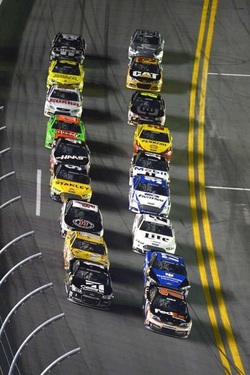 NASCAR cars pacing for the race start NASCAR cars pacing for the race start A race called the tethrippon (in Greek regions) had twelve laps around the track, while Roman races often had 7 laps to allow more races in a single day for betting--Romans and gambling went together more than in the Greek culture. Even more interesting is the way the races were started. In the same way that NASCAR uses a pace car to get cars up to starting speed before checkered flag starts the race, the Ancients used mechanical devices to accomplish a similar task for a rolling--or rather--galloping start. The starting gates were lowered and staggered in a way so the chariots on the outside lanes began the race earlier than those on the inside. The race only began when each chariot was lined up next to each other--"keeping pace". Chariots in the outside lanes would be moving faster than the ones on the inner lanes. While flags are used in modern auto racing, mechanical devices shaped like eagles and dolphins were raised to start the race. Dolphins were lowered with each successive lap. In Rome, often the Emperor himself would start the race by dropping a white cloth called a mappa. In the end, the winners were given their awards right away. A olive wreath was placed on their head. In the Roman Empire there would be cash awards or possibly a gift of a slave for the charioteer. Fame was alsoo part of the game, as is the case today. Scorpus, a celebrated driver won over 2000 races before being killed in a collision at the ripe age of 27. Most charioteers had a short life expectancy. The most famous driver was Gaius Appuleius Diocles who won 1,462 out of 4,257 races. When Diocles retired at the age of 42 (after 24 years) his career winnings 35,863,120 sesterces--approximately 15 billion dollars today--making him the highest paid sports star in human history. A couple of more interesting differences: Women weren't permitted at the races as they are today; and while today's largest NASCAR racetracks hold under 150,000 spectators, the Circus Maximus in Rome held 250,000! Gentlemen, start your... er... feed your horses! Go! --Jerry Finzi If you enjoyed this article, please SHARE it and LIKE it on your favorite social media site. And don't forget to stop back soon... Ciao! We also have pages on: Google+ StumbleUpon A winter snow storm has come to the entire northeastern United States. The snow started here around 10pm last evening and will continue until tomorrow morning. So far here at Buddleside--our home--we measured 16 inches and the snow is falling at 1 to 2 inches per hour. Winter had a very late start here... with a warm autumn and only 1/4" of snow last month. Last year we started getting regular snow storms in October. Looks like winter is going to catch up with Babbo, Lisa and Lucas after all. Only trouble is, the snow might be too deep for Lucas and I to go sledding in!
--Jerry Finzi When I first learned how to drive a motorcycle in the Early seventies, one of the more difficult skills to master was not driving fast, but driving at what is typically called "parking lot" speed... s l o w l y... yet still being able to keep the bike upright and make turns without putting your feet down. I'm pretty good at it, even if I must say so myself. But just wait til you see this... Here are a couple of videos from the 1950s showing an elite synchronized police motorcycle team, driving Motto Guzzi Polizia Stradale bikes. Some of their maneuvers are driving precisely and very slowly. Amazing stuff. Enjoy! --Jerry Finzi
If you enjoyed this article, please SHARE it and LIKE it on your favorite social media site. And don't forget to stop back soon... Ciao! We also have pages on: Google+ StumbleUpon Humor from The Onion... NEW YORK—Standing mystified in a crowded intersection, Verus Attius Glabrio, a Roman centurion who emerged from a manhole in the middle of New York’s Time Square, is in for a wacky adventure, sources confirmed Wednesday.
Reports stated that Glabrio, a highly decorated military officer from 55 A.D., crawled out of the sewer opening at approximately 8:35 p.m. clad in full Roman Imperial battle armor, immediately causing motorists to swerve, slam on their brakes, scream vulgar remarks, and make obscene hand gestures in his direction. “Halt, yellow beast!” said Glabrio, drawing his sword and advancing toward a honking taxi cab that skidded to a stop as angry drivers and stunned passersby urged the Roman centurion to “Get the hell outta the road” and “Go back to Little Italy, Julius!” “You shan’t pass this way, lest you decide to face me. And let me warn you, you great golden demon, I’m certainly not a foe you want to face today!” “But lo, what is this behemoth?” added Glabrio, appearing visibly panicked upon sighting an approaching tractor trailer. “It is the son of Jupiter himself!” Click HERE to read more... |
Categories
All
Archive
June 2024
|


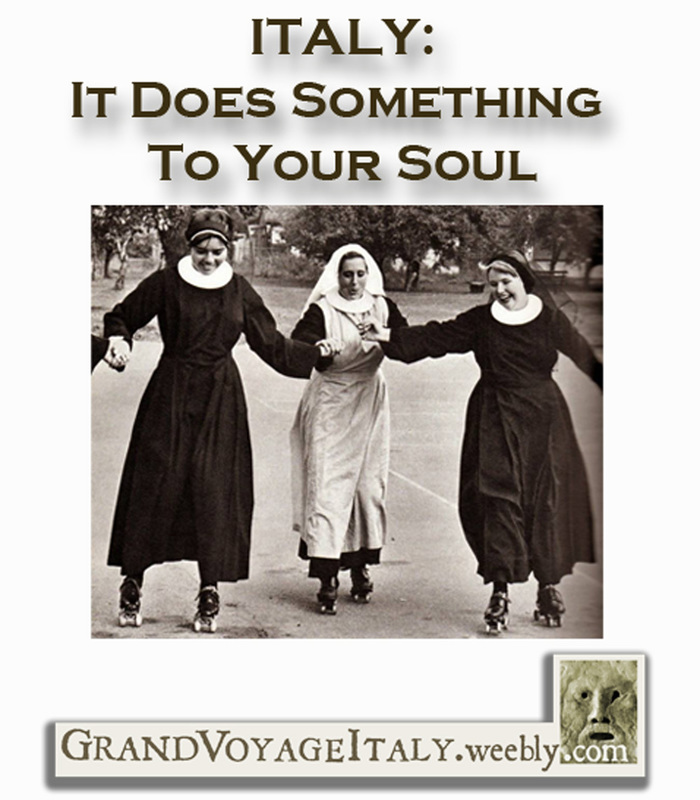
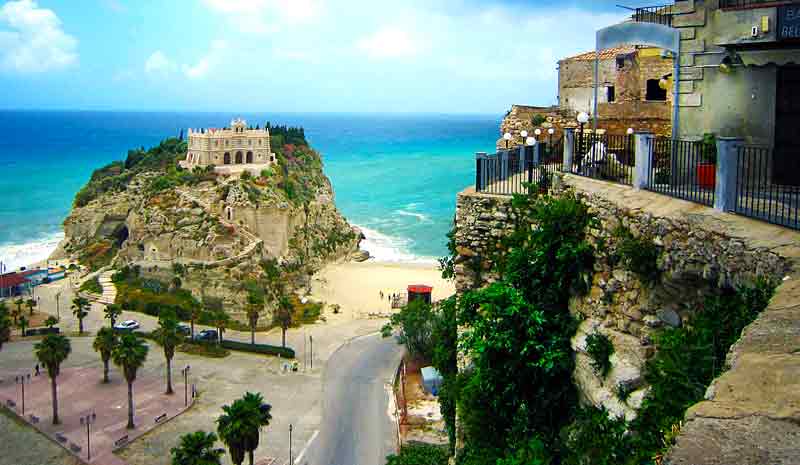
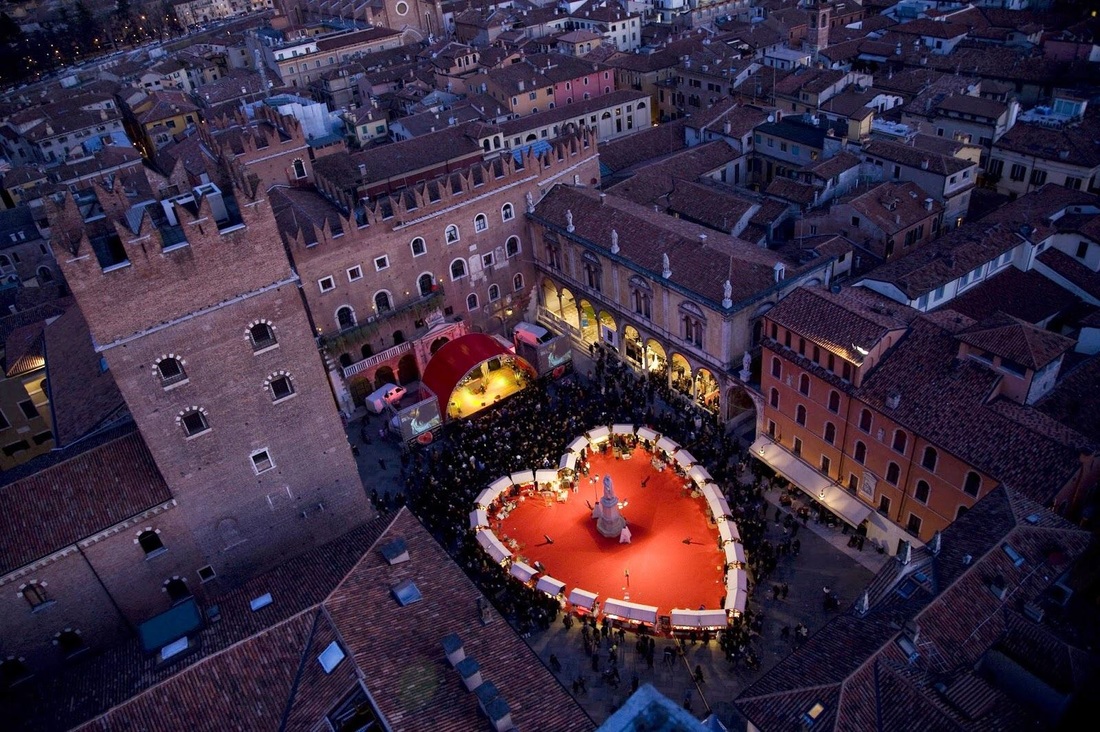
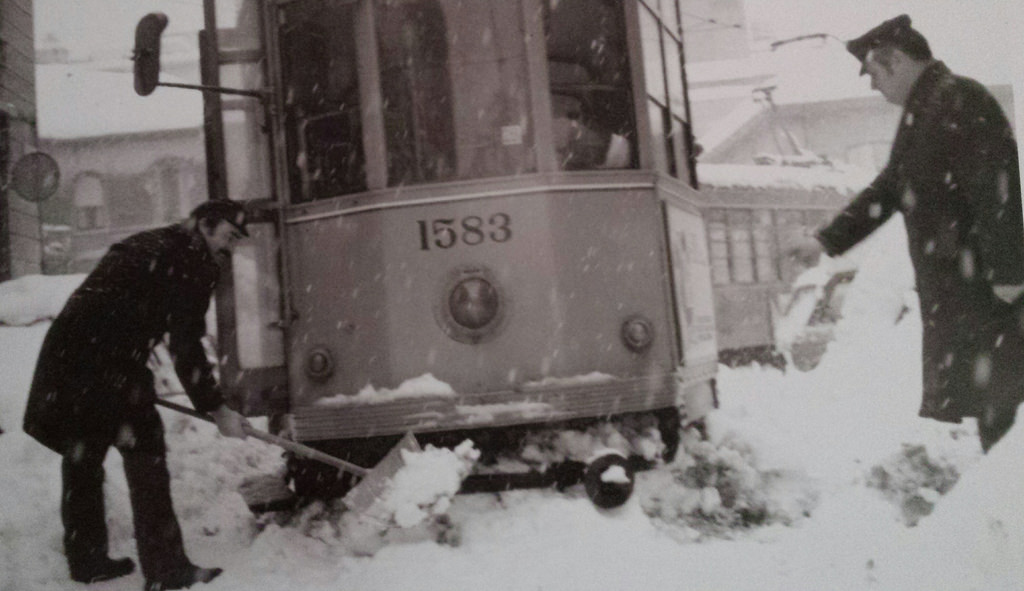
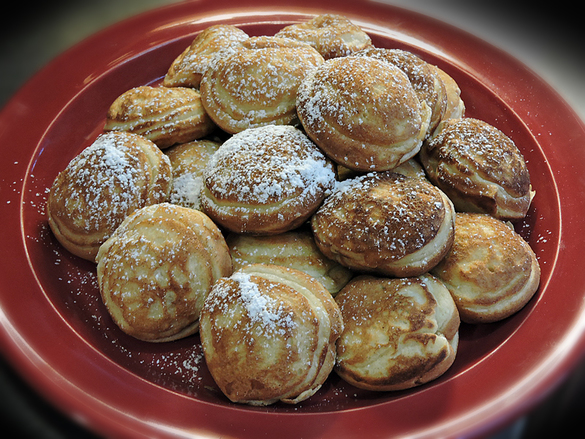
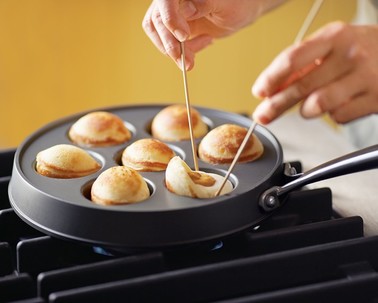


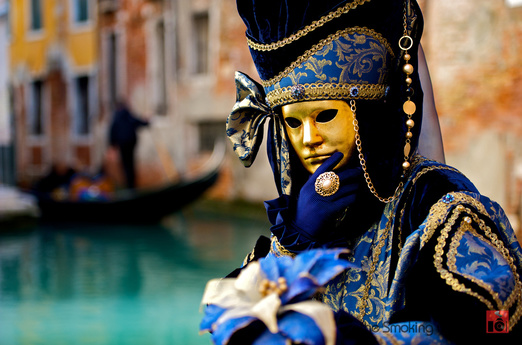

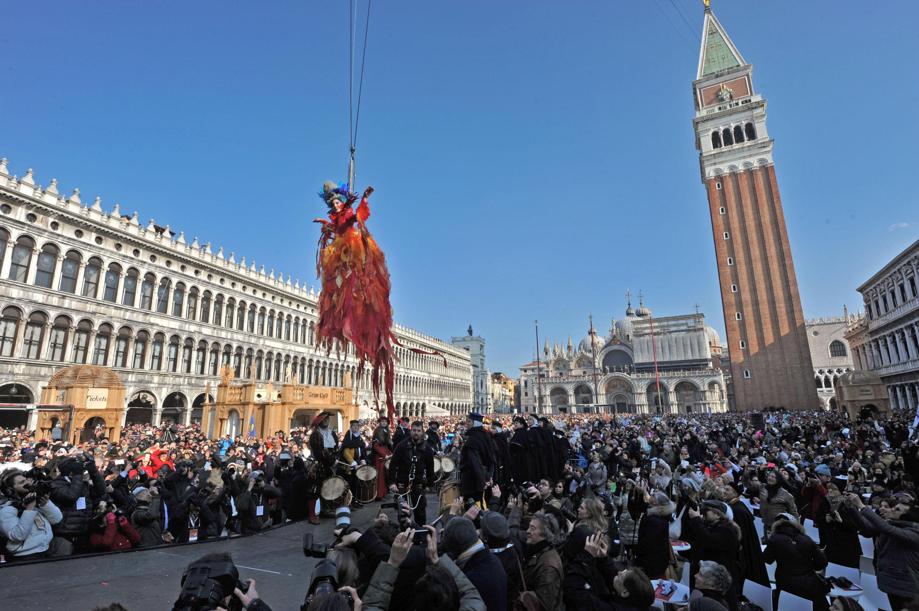
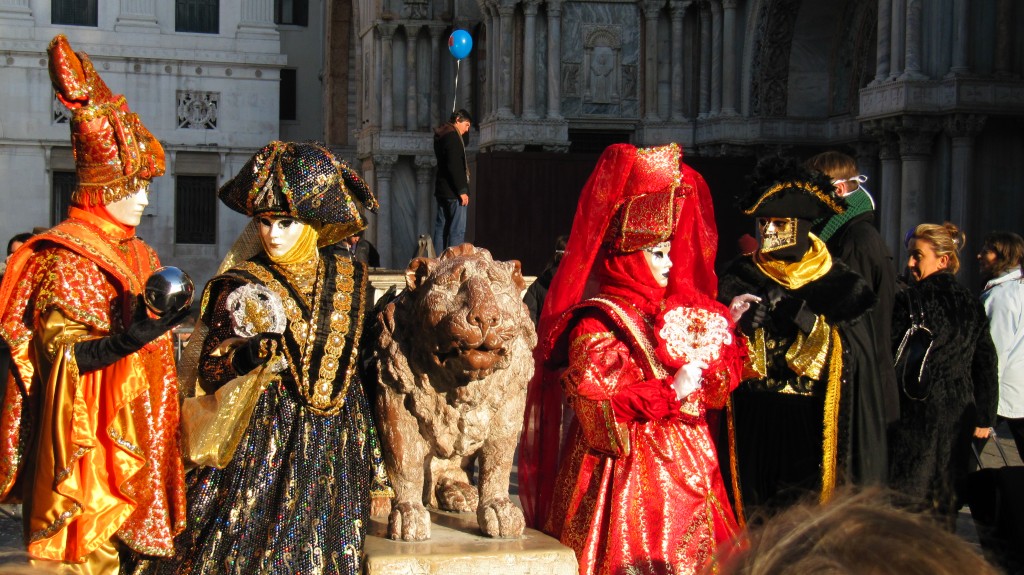
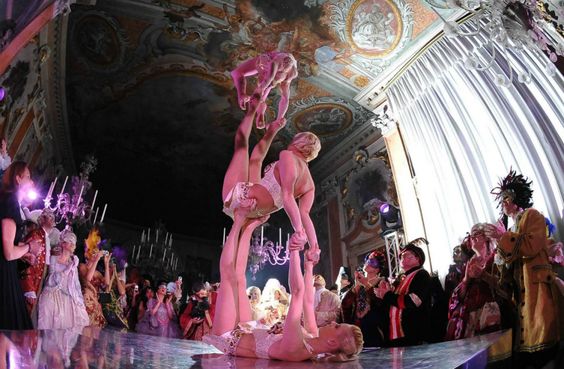
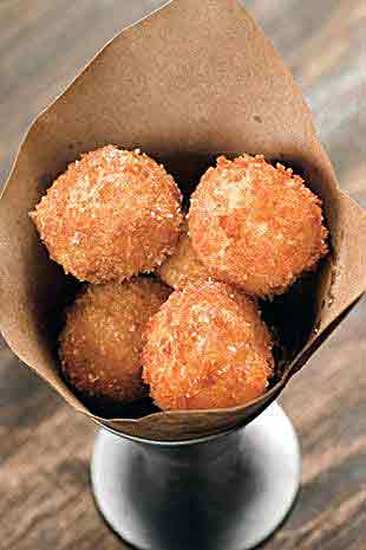
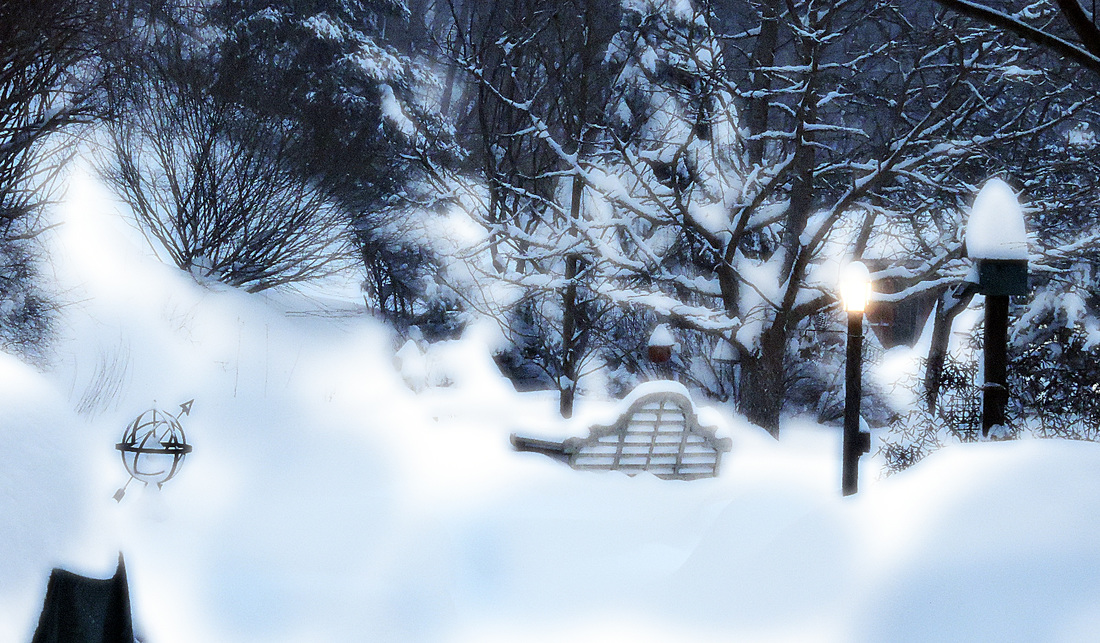

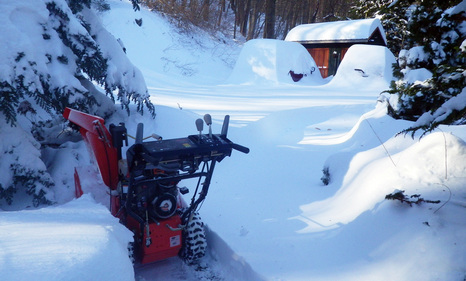
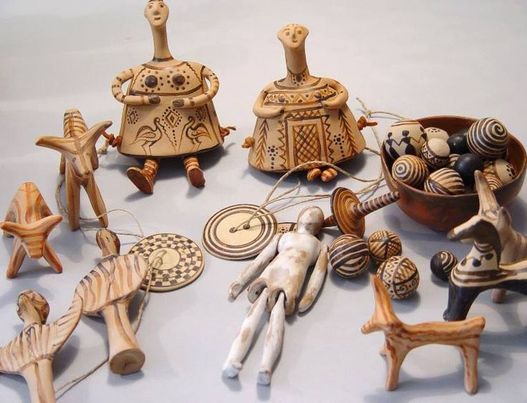
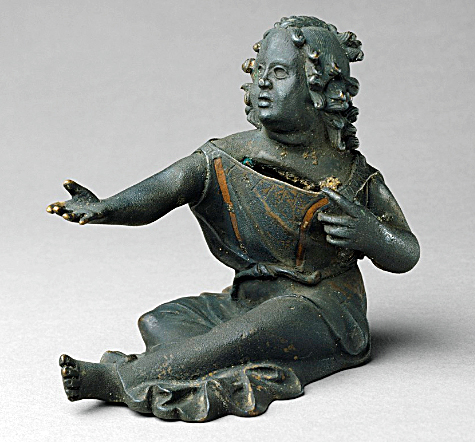
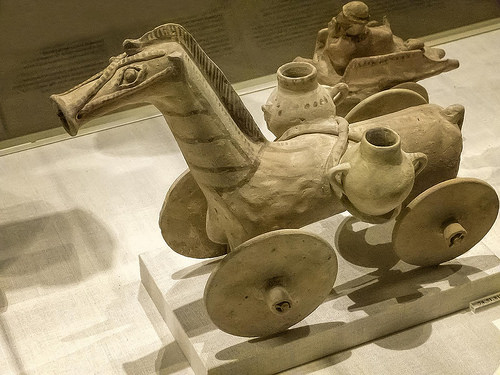
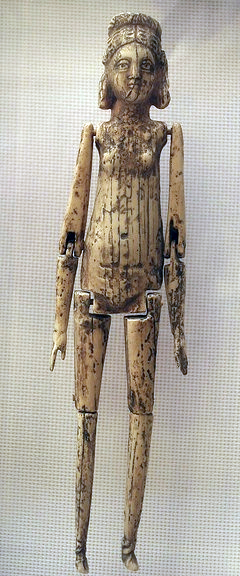
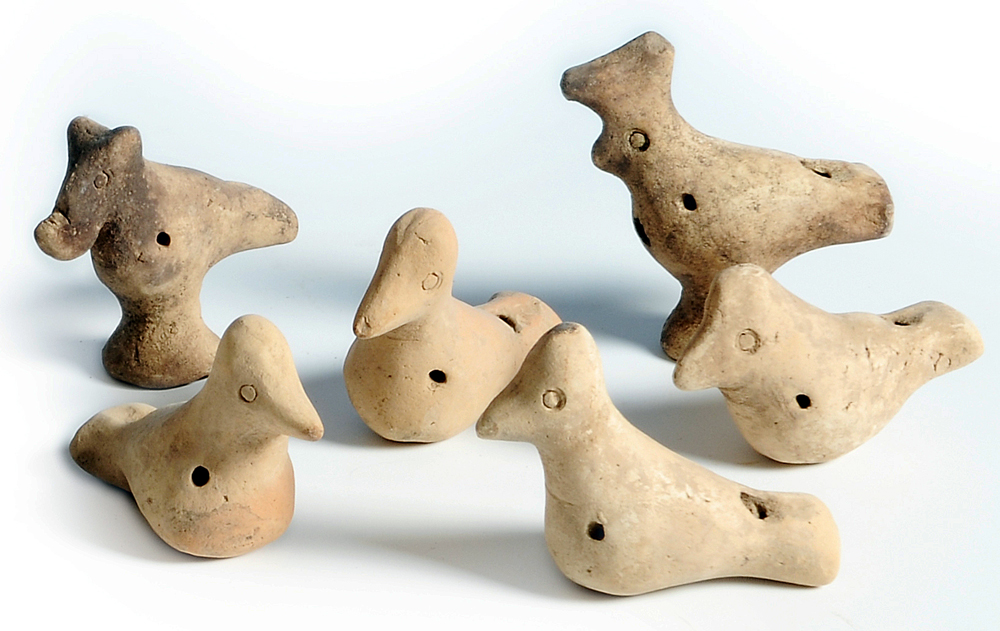
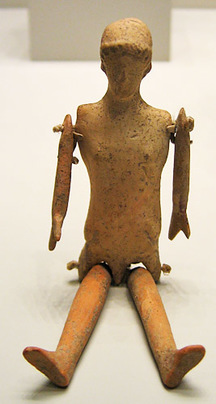

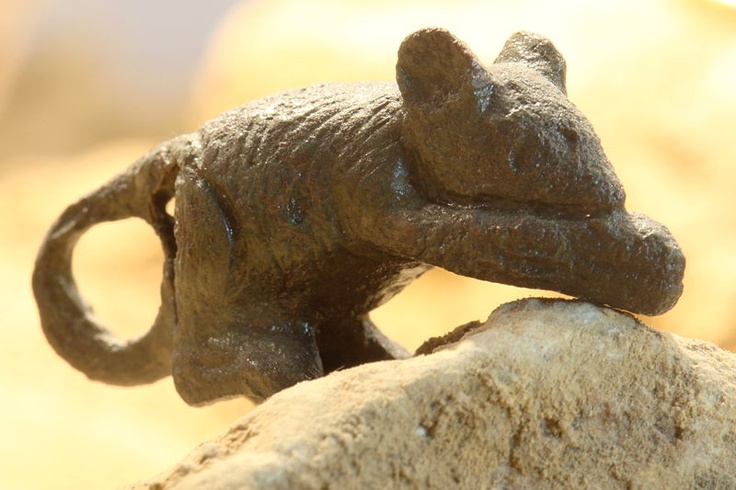
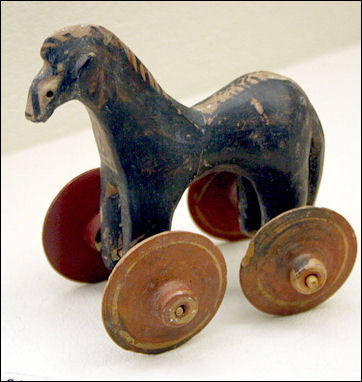
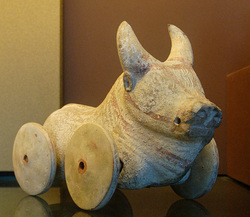
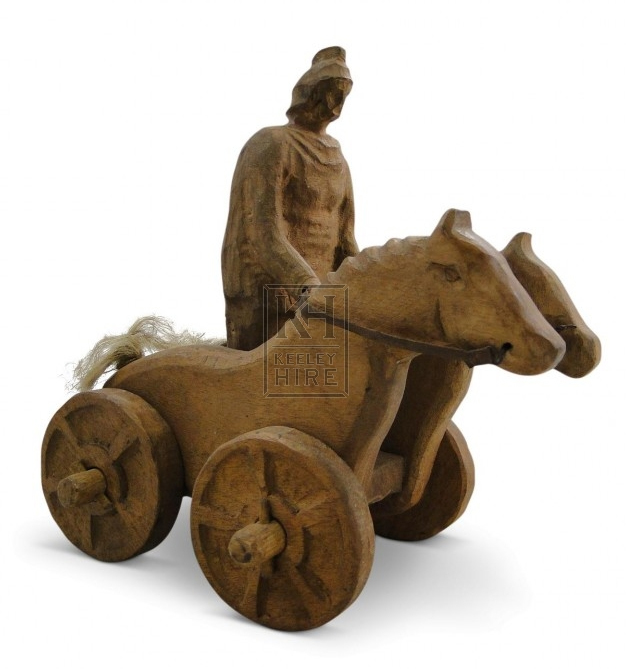
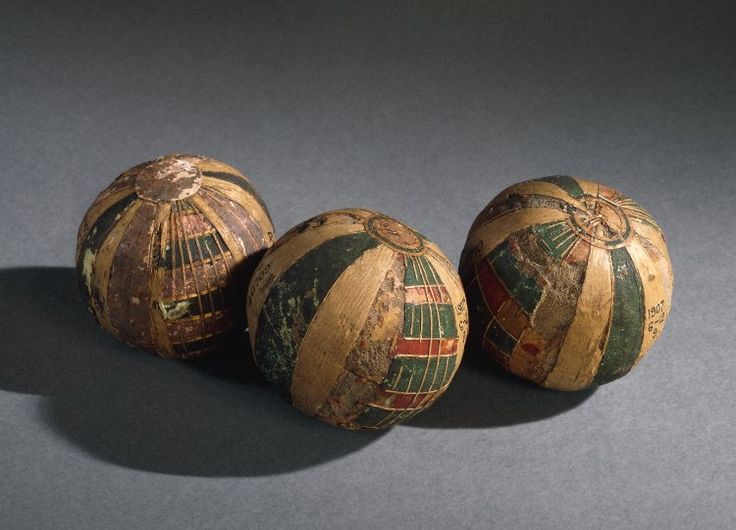
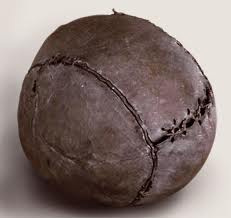
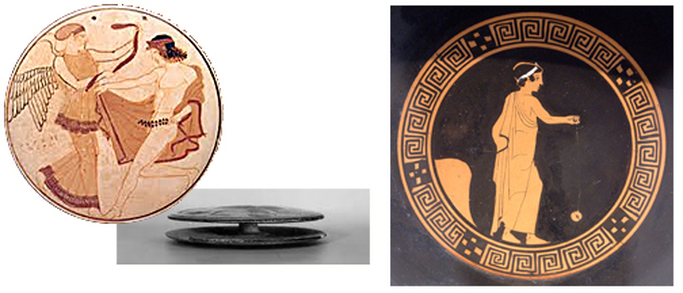
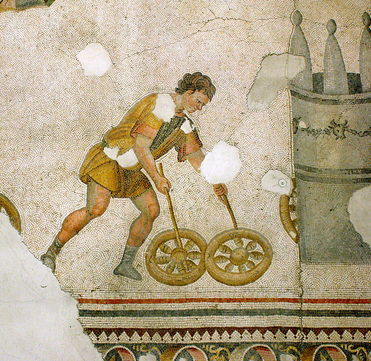
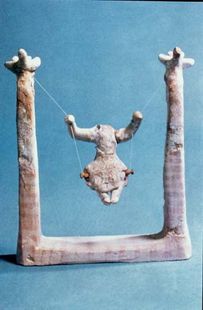
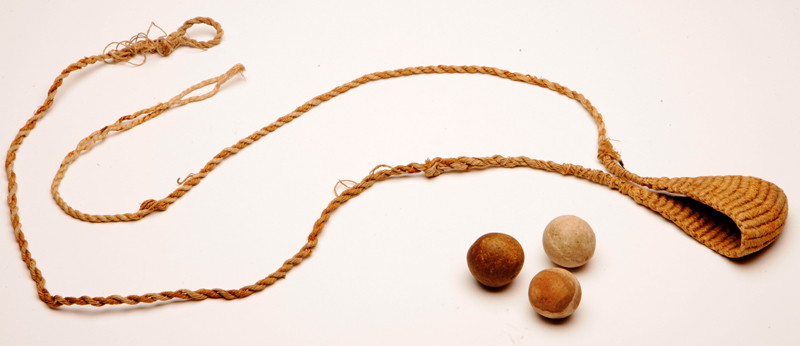
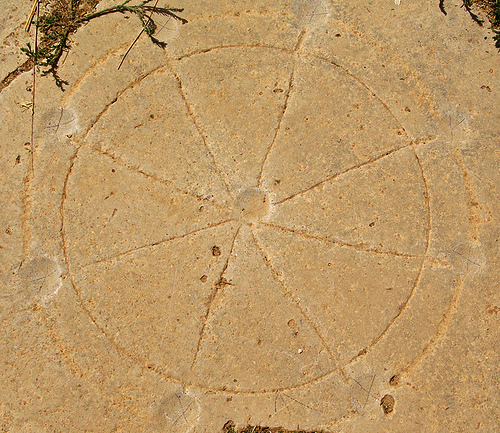
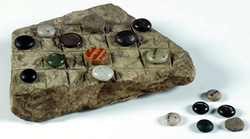
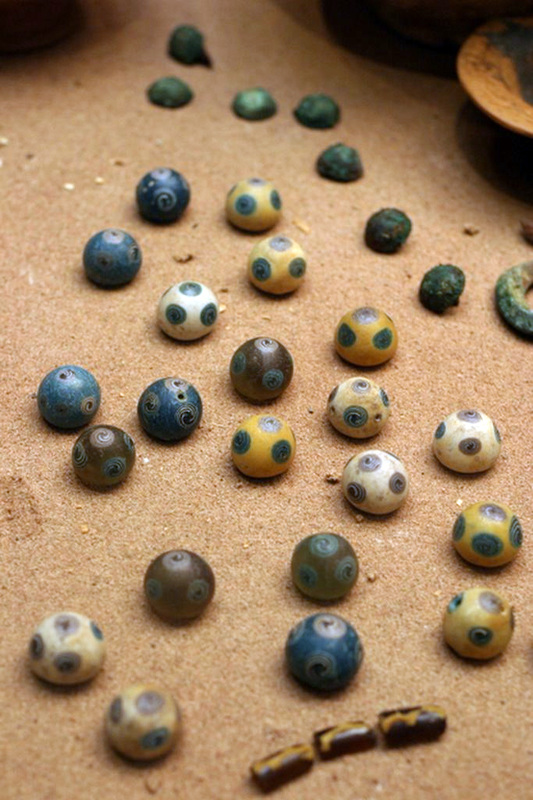
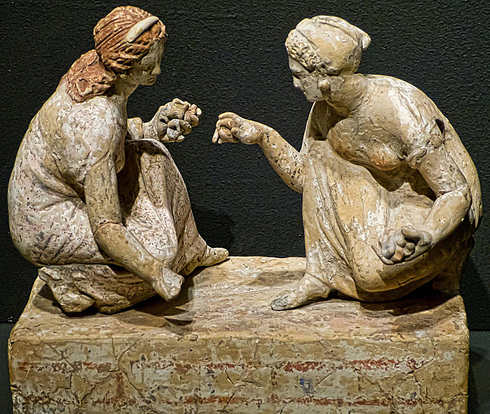
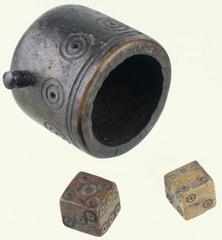
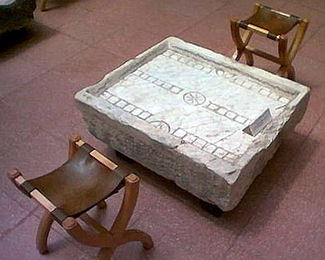
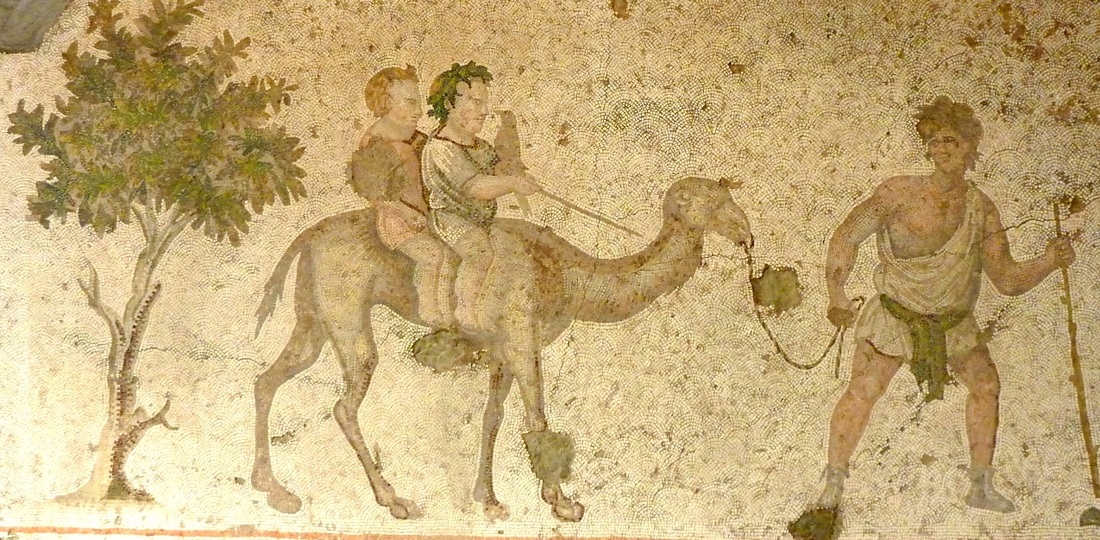
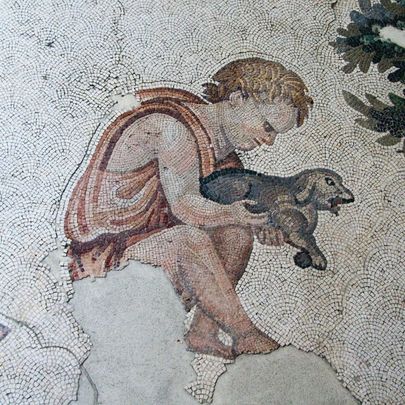

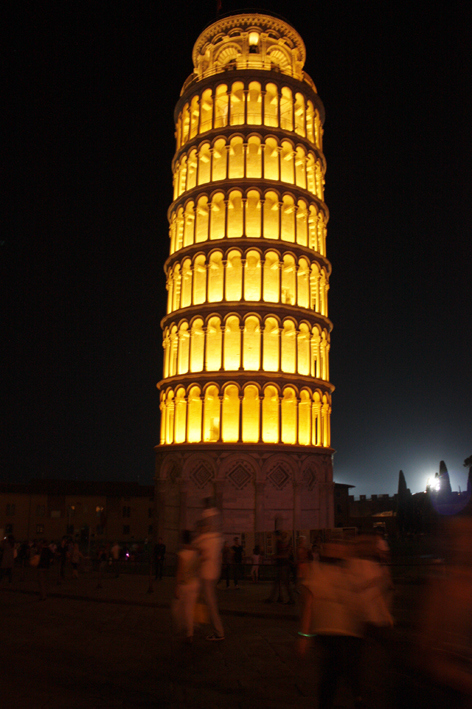

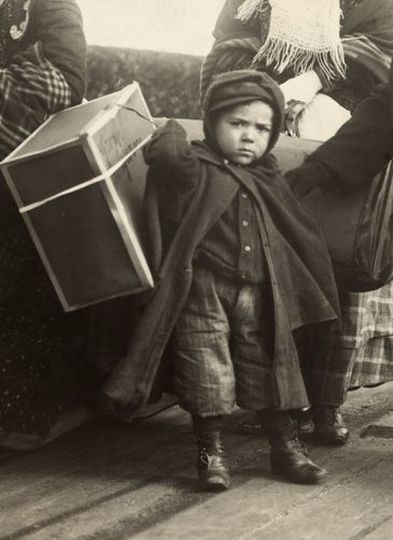
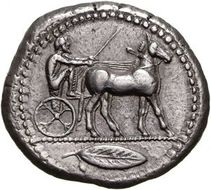
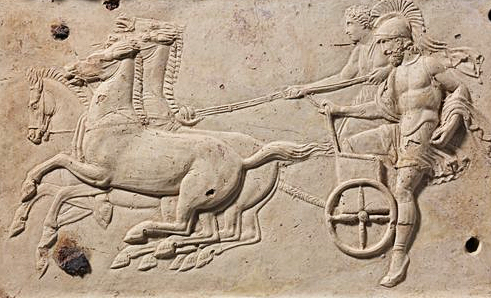

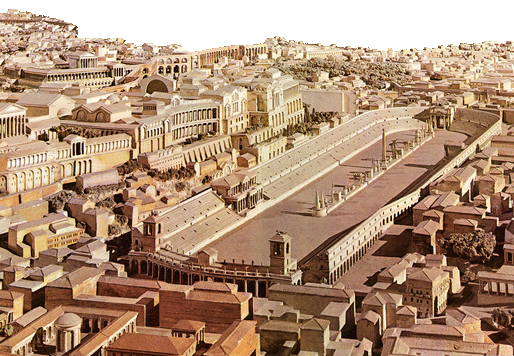
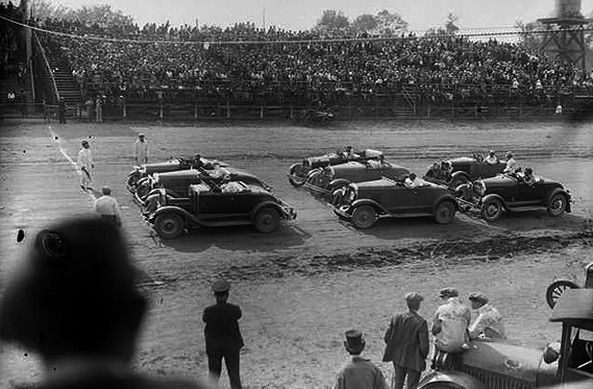
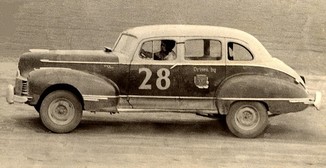
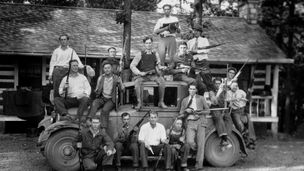

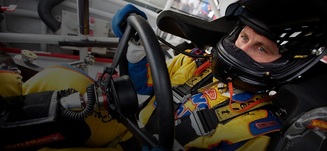
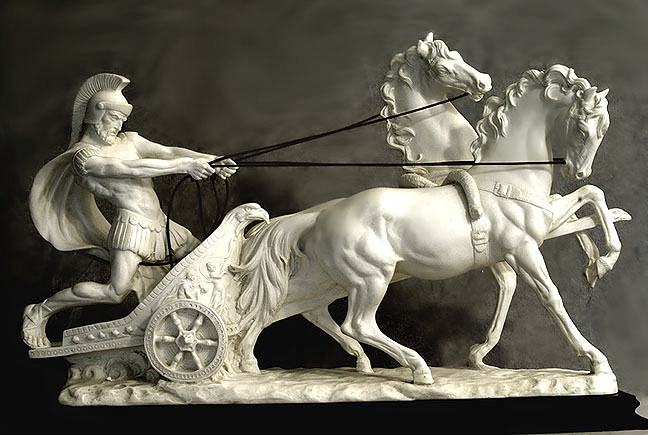
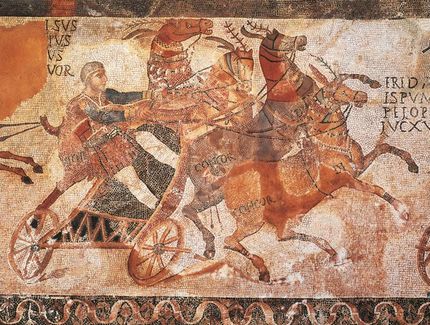

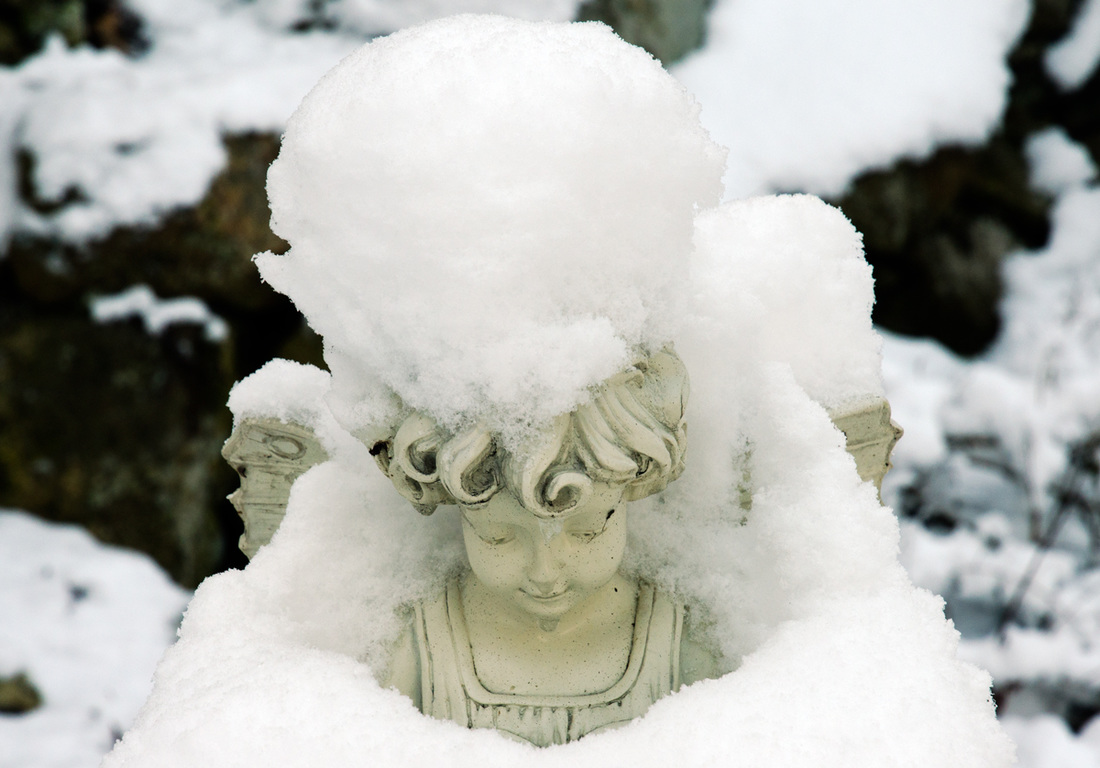
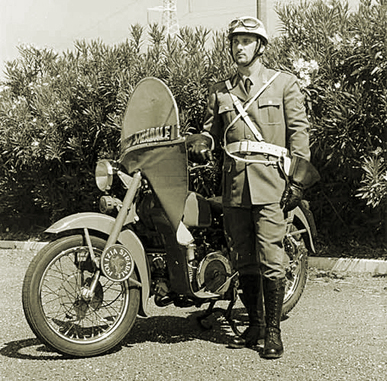
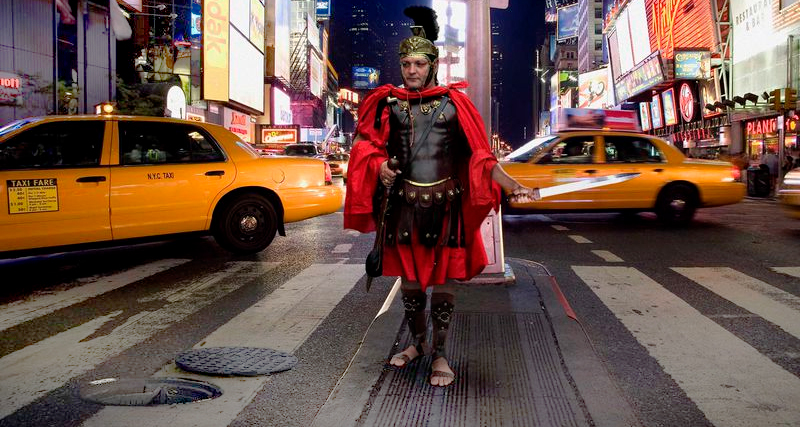
 RSS Feed
RSS Feed
